The deadliest plane crashes in US history
American Eagle Flight 5342 was the first deadly US passenger crash since 2009
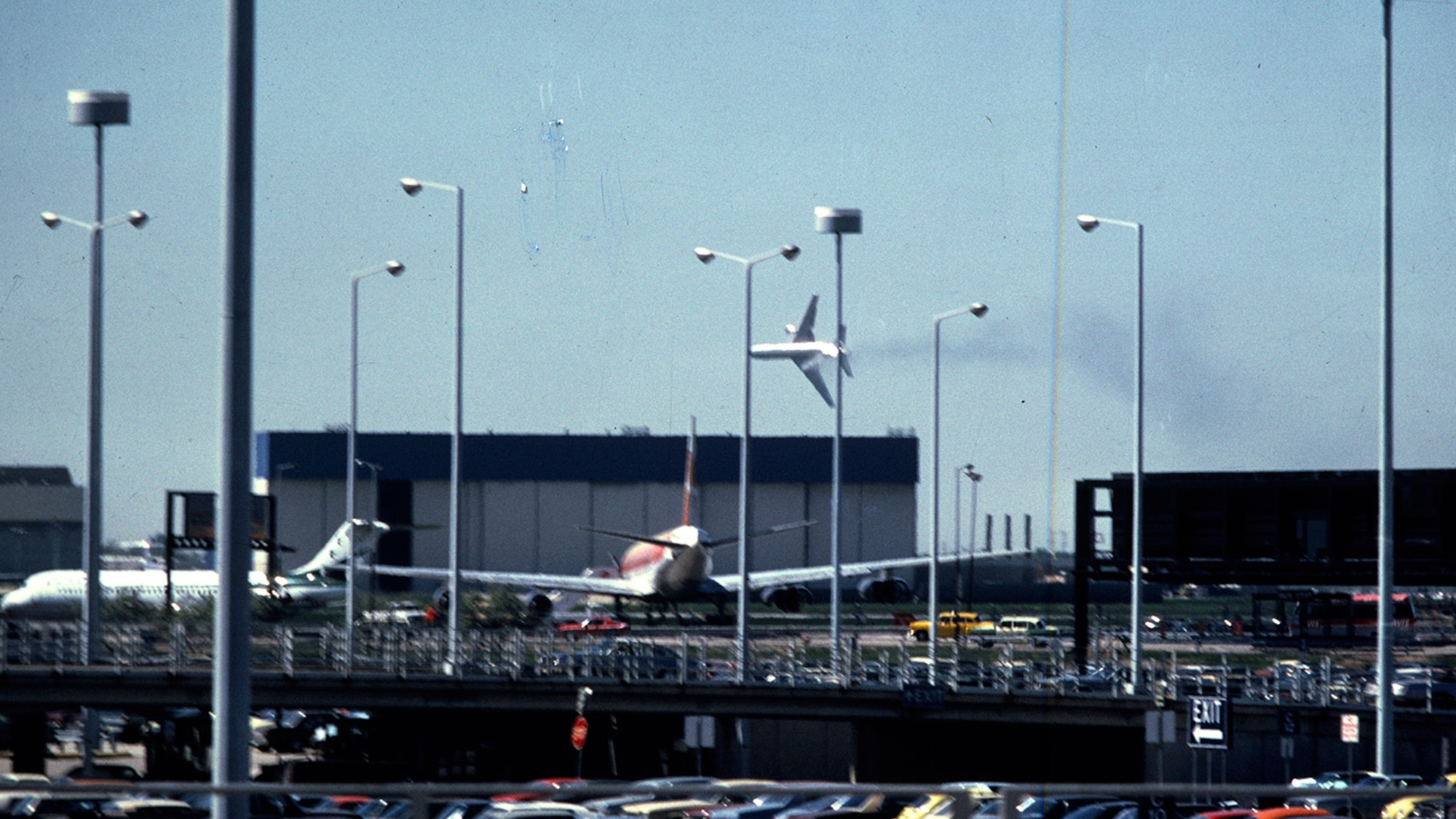

The Jan. 29 crash of American Eagle Flight 5342, which killed 67 people after colliding with a military helicopter over Washington, D.C.'s Potomac River, broke a nearly 16-year streak in which the U.S. had no deadly commercial plane crashes. Despite this, the country has a long history of plane accidents, resulting in many fatalities. This list does not include the Sept. 11, 2001, terrorist attacks, which were a deliberate act of violence.
American Airlines Flight 191
American Airlines Flight 191 departed Chicago on May 25, 1979. Moments after takeoff, the "left engine and strut assembly separated from the wing, and traveled over the wing," said the Federal Aviation Administration (FAA). The engine falling off also severed hydraulic lines that "caused a loss of hydraulic pressure," which eventually led to an "uncontrollable left roll and loss of control of the airplane."
Flight 191 crashed several miles from Chicago's O'Hare International Airport, and a "total of 273 people died: all 258 passengers and 13 crew members on the aircraft, as well as two individuals at the site of the crash," said Encyclopedia Britannica. Not counting the Sept. 11 attacks, this makes Flight 191 the deadliest airline accident in U.S. history.
The Week
Escape your echo chamber. Get the facts behind the news, plus analysis from multiple perspectives.

Sign up for The Week's Free Newsletters
From our morning news briefing to a weekly Good News Newsletter, get the best of The Week delivered directly to your inbox.
From our morning news briefing to a weekly Good News Newsletter, get the best of The Week delivered directly to your inbox.
American Airlines Flight 587
American Airlines Flight 587 was on its way out of New York's John F. Kennedy International Airport on Nov. 12, 2001, when it "crashed into a residential area of Belle Harbor, New York, shortly after takeoff, said the FAA. All 260 on board died, as well as five people on the ground. The accident was the "result of the in-flight separation of the vertical stabilizer and subsequent loss of control."
The crash occurred just about a month after the Sept. 11 attacks, leading many in New York to initially suspect that it was another terrorist incident. If "we are gonna compare 9/11 with Flight 587, the magnitude is different," Belkis Lora, whose brother died on the flight, said to Spectrum News. But the "loss is the same. Because everybody lost a loved one."
TWA Flight 800
Trans World Airlines Flight 800 departed New York City on July 17, 1996, bound for France. Just minutes after takeoff, the plane "exploded midair over the Atlantic Ocean off the coast of Long Island," said History, blowing up 12 minutes into the flight. Conspiracy theories about the cause of the flight ran rampant, with many suspecting terrorism.
Ultimately, the cause of the explosion was determined to be "an electrical failure that ignited a nearly empty center wing fuel tank in the 25-year-old aircraft," said History. All 230 people on board the plane were killed in the accident.
A free daily email with the biggest news stories of the day – and the best features from TheWeek.com
Air Florida Flight 90
The recent American Eagle crash conjured up memories of Air Florida Flight 90, another deadly accident involving the Potomac River. As the flight was leaving Washington, D.C. out of Reagan National Airport on Jan. 13, 1982, it "crashed into the 14th Street Bridge in downtown Washington, D.C., and plunged into the icy waters of the Potomac," said ABC News. The plane had taken off "despite the dangerous blizzard conditions" at the time.
In all, "70 of the passengers and four of the five crew members aboard the Boeing 737" were killed, said USA Today, in what remains one of Washington's worst aircraft accidents. But "five others escaped the broken fuselage of the sinking and waterlogged plane in a dramatic rescue that played out on live television."
Pacific Southwest Airlines Flight 182
Pacific Southwest Airlines Flight 182 was a short-haul flight from Sacramento to San Diego on Sept. 25, 1978. The plane collided with a small Cessna plane on approach to San Diego; the "resulting impact tore the Cessna in half, causing one of its internal fuel tanks to rupture and explode along the right wing's leading edge," said the San Diego History Center.
Eventually, both planes crashed into suburban San Diego, killing all 135 people on both planes and seven people on the ground. The "resulting explosion of thousands of gallons of jet fuel sent a shock wave that registered two miles away" on a seismograph, said the San Diego History Center.
Justin Klawans has worked as a staff writer at The Week since 2022. He began his career covering local news before joining Newsweek as a breaking news reporter, where he wrote about politics, national and global affairs, business, crime, sports, film, television and other news. Justin has also freelanced for outlets including Collider and United Press International.
-
 Moscow cheers Trump’s new ‘America First’ strategy
Moscow cheers Trump’s new ‘America First’ strategyspeed read The president’s national security strategy seeks ‘strategic stability’ with Russia
-
 Political cartoons for December 8
Political cartoons for December 8Cartoons Monday's political cartoons include ICE in the Big Easy, Warner on the wane, and a Putin peace deal
-
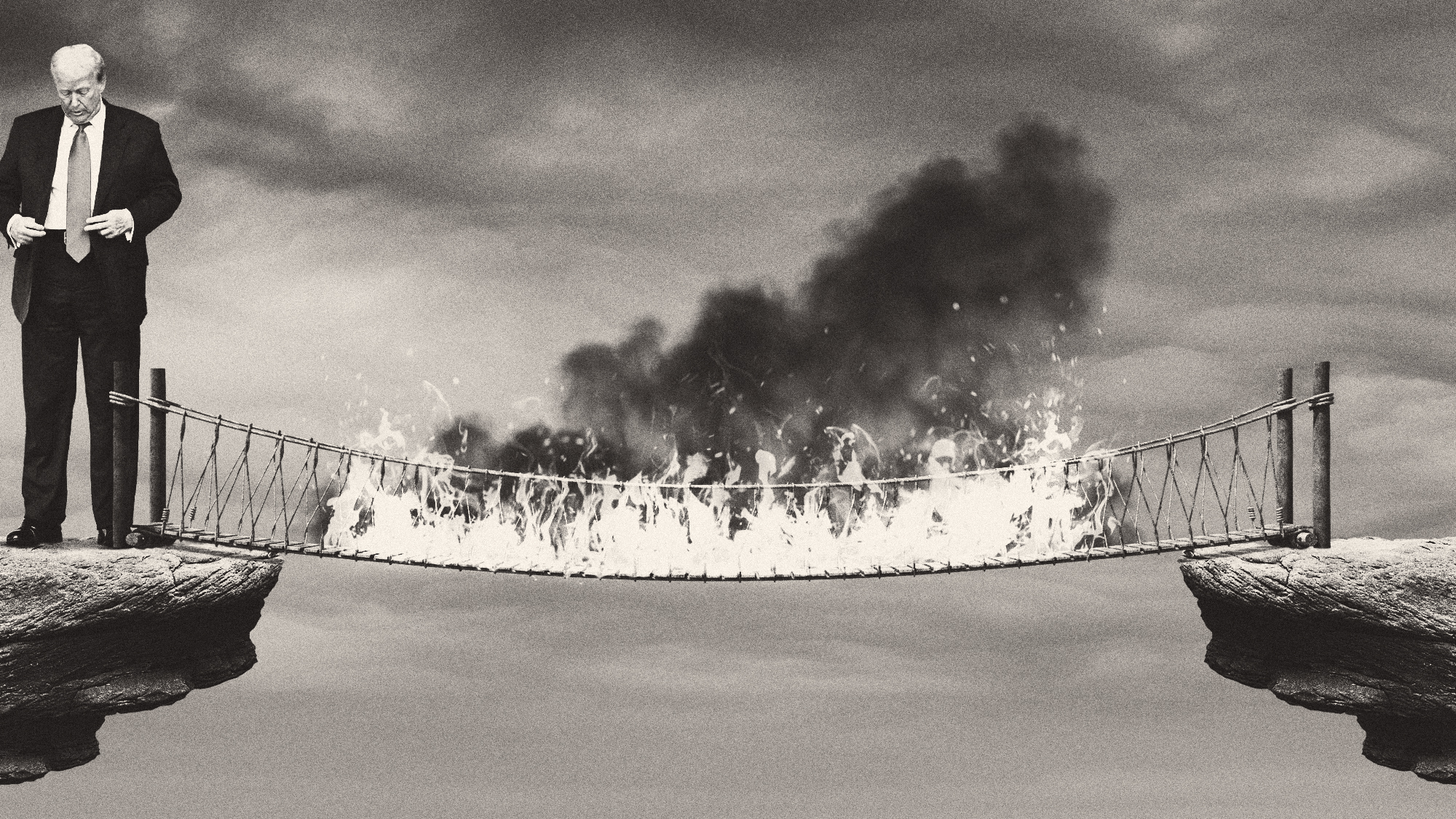 Did Trump just end the US-Europe alliance?
Did Trump just end the US-Europe alliance?Today's Big Question New US national security policy drops ‘grenade’ on Europe and should serve as ‘the mother of all wake-up calls’
-
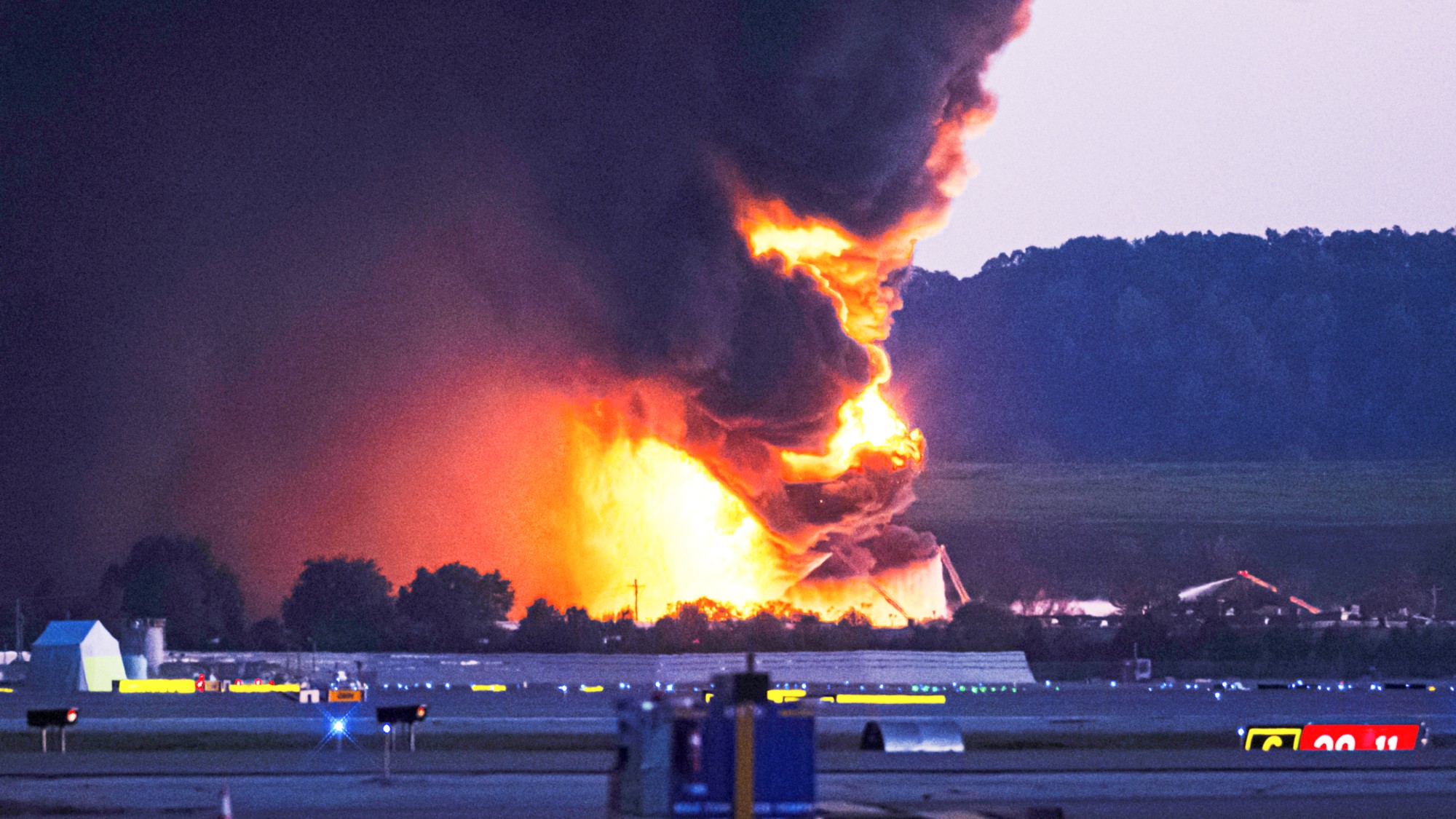 A 34-year-old plane is at the center of the UPS crash
A 34-year-old plane is at the center of the UPS crashIn the Spotlight Many air cargo companies use planes that are this old
-
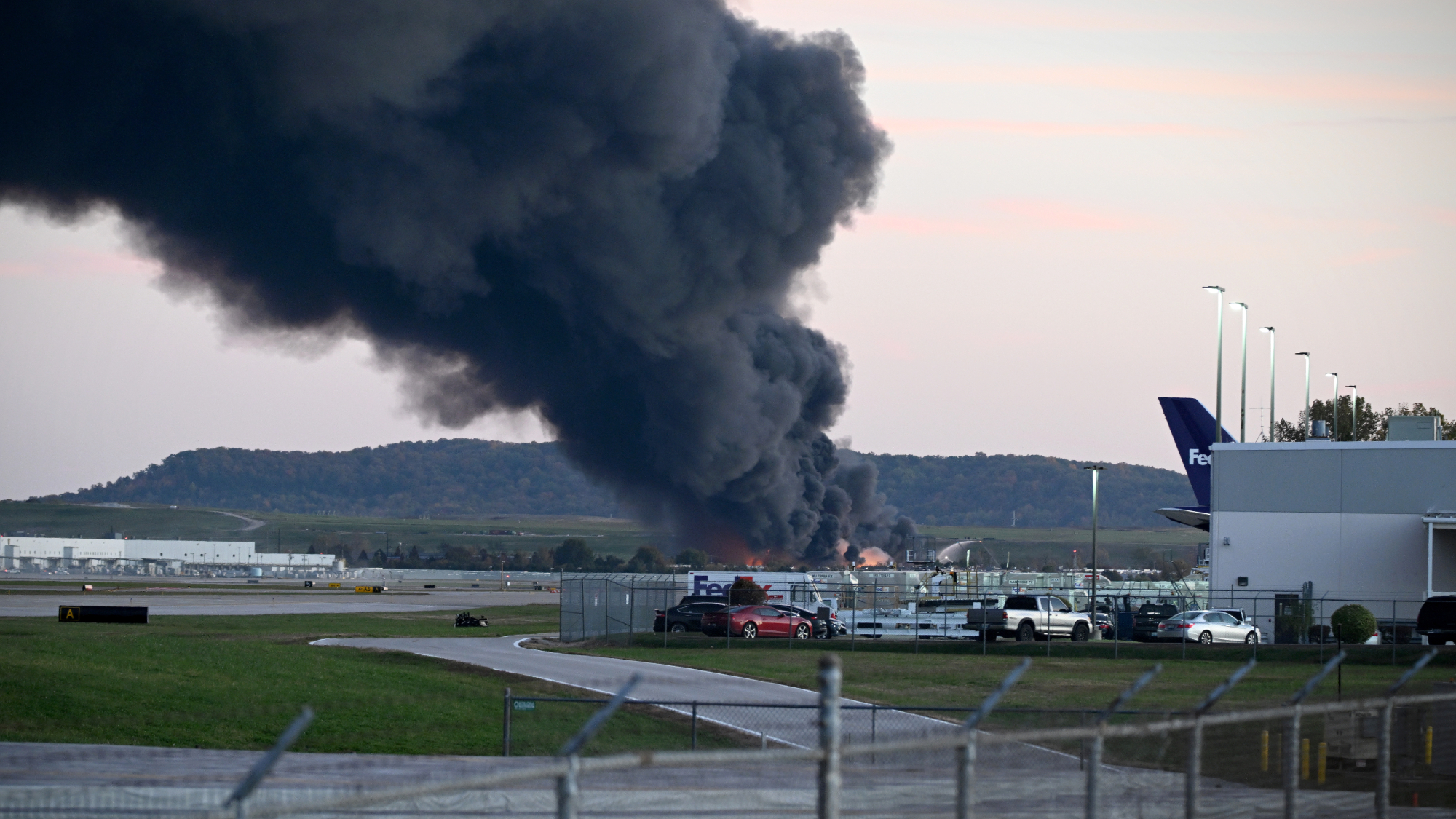 At least 7 dead in Kentucky UPS cargo plane explosion
At least 7 dead in Kentucky UPS cargo plane explosionSpeed Read Another 11 people were hurt
-
 Broadway actors and musicians are on the brink of a strike
Broadway actors and musicians are on the brink of a strikeThe explainer The show, it turns out, may not go on
-
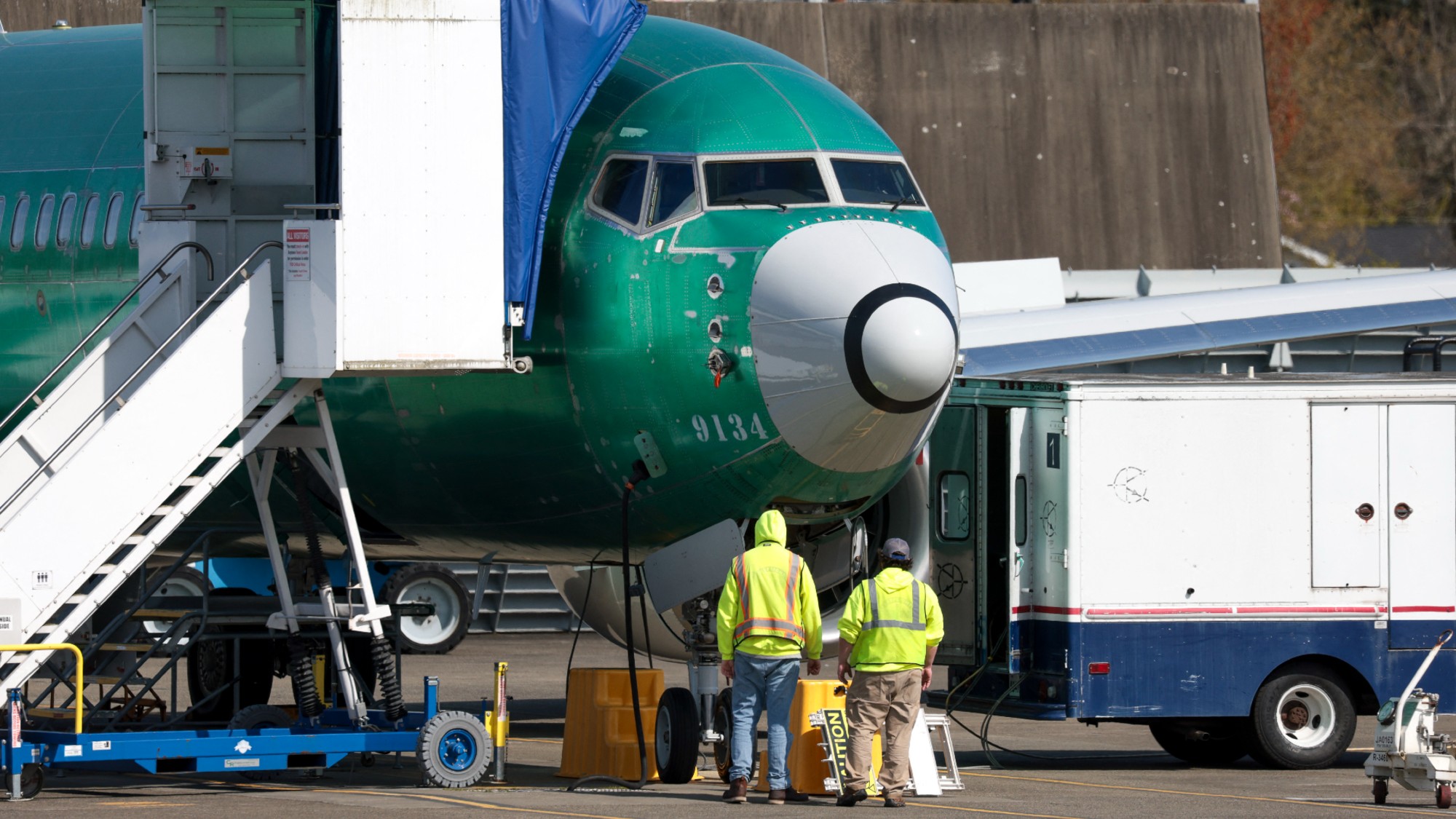 Questions abound over the FAA’s management of Boeing
Questions abound over the FAA’s management of BoeingTalking Points Some have called the agency’s actions underwhelming
-
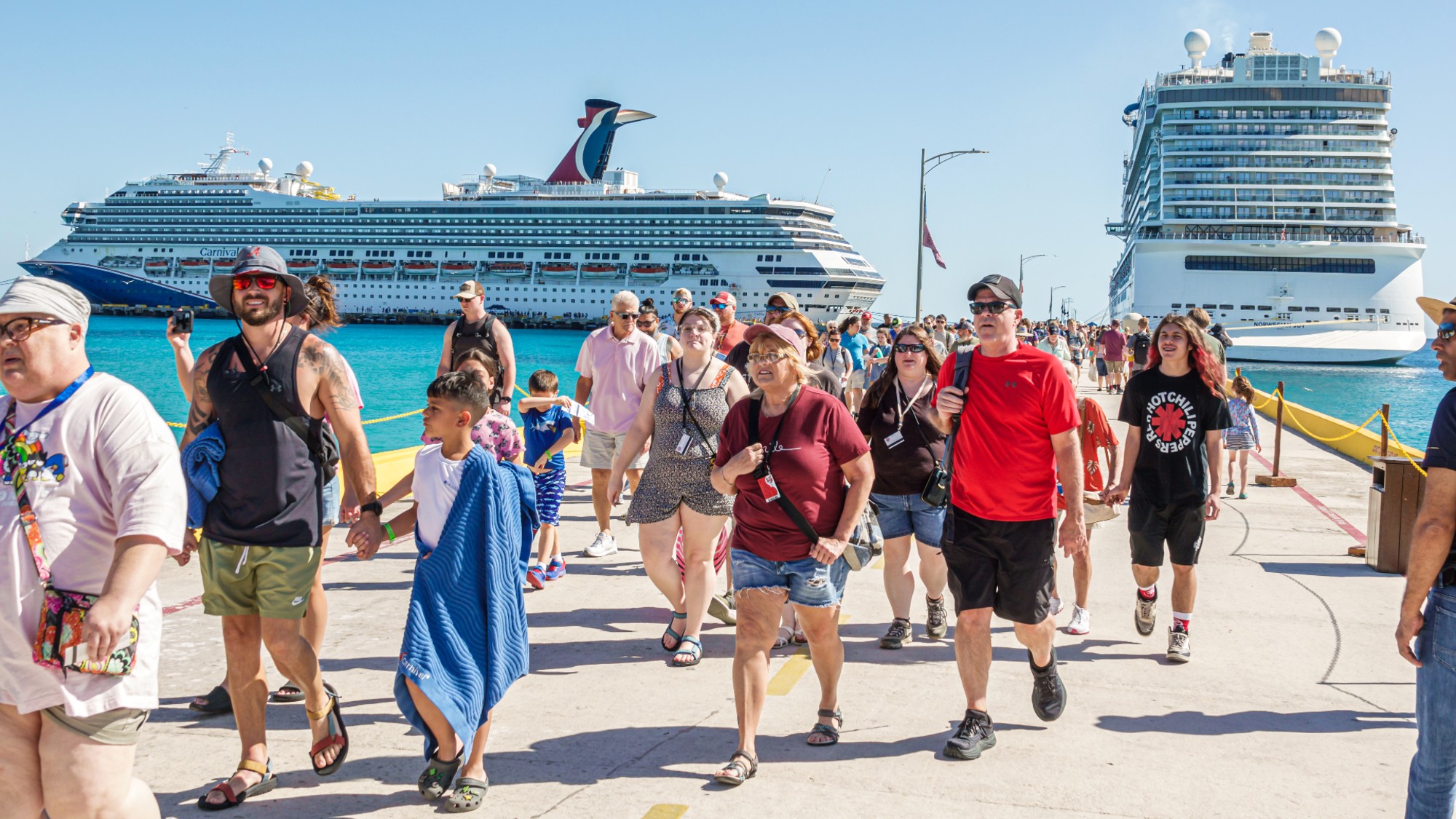 Trouble on the seas as cruise ship crime rates rise
Trouble on the seas as cruise ship crime rates riseThe Explainer Crimes on ships reached nearly a two-year high in 2025
-
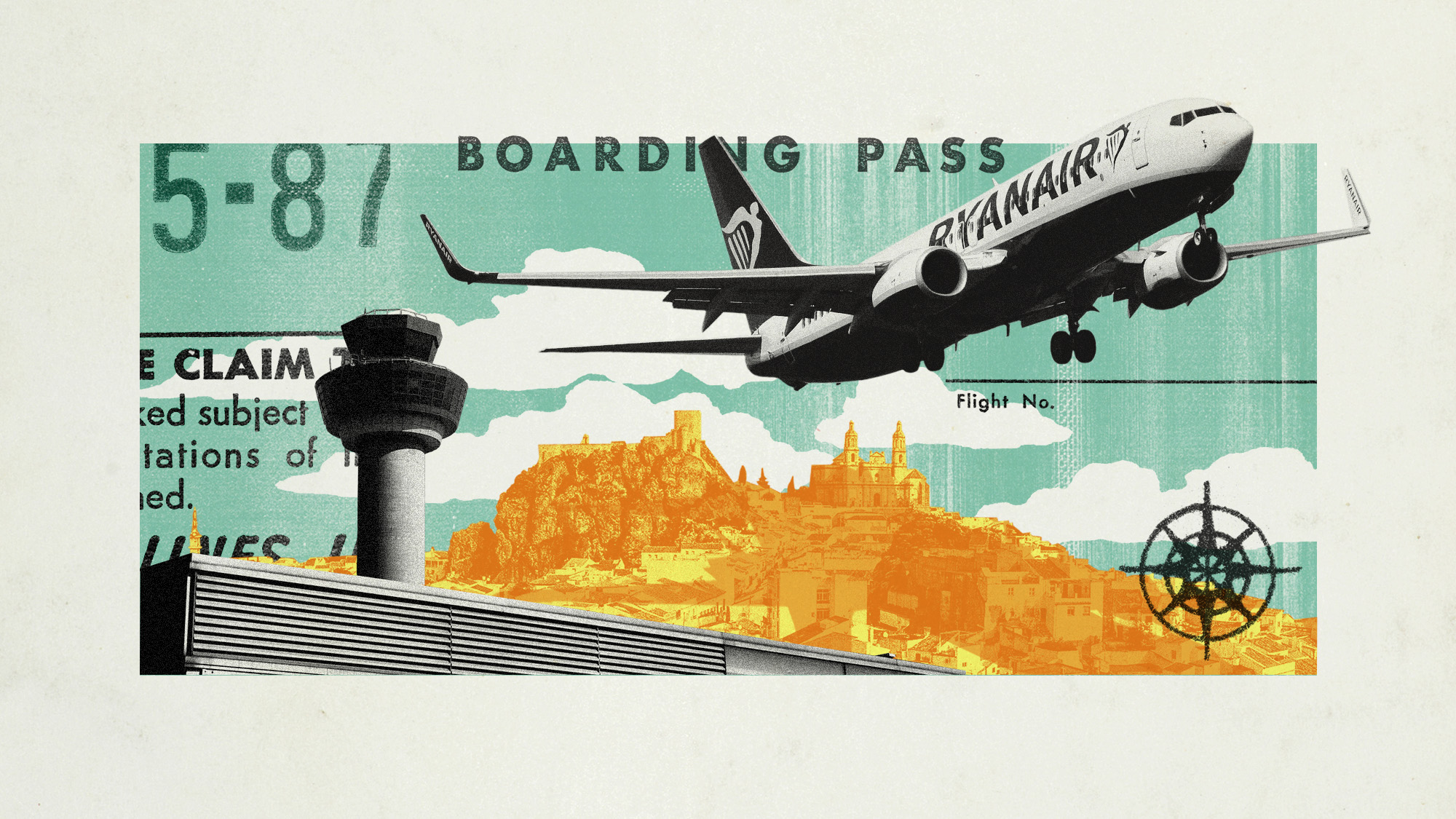 ‘Hypocrisy’ and ‘blackmail’: Ryanair’s feud with Spain
‘Hypocrisy’ and ‘blackmail’: Ryanair’s feud with SpainUnder the Radar Bitter row over rising fees sees the Irish budget airline slash a million seats on regional routes this winter
-
 Smart glasses and unlocking ‘superintelligence’
Smart glasses and unlocking ‘superintelligence’The Explainer Meta unveiled a new model of AI smart glasses this week, with some features appearing ‘unfinished’ at a less-than-perfect launch
-
 Don't fly by the seat of your pants. Do it the healthy way with these airborne tips.
Don't fly by the seat of your pants. Do it the healthy way with these airborne tips.The Week Recommends Yes to stretching. Even more yesses to hydration.
